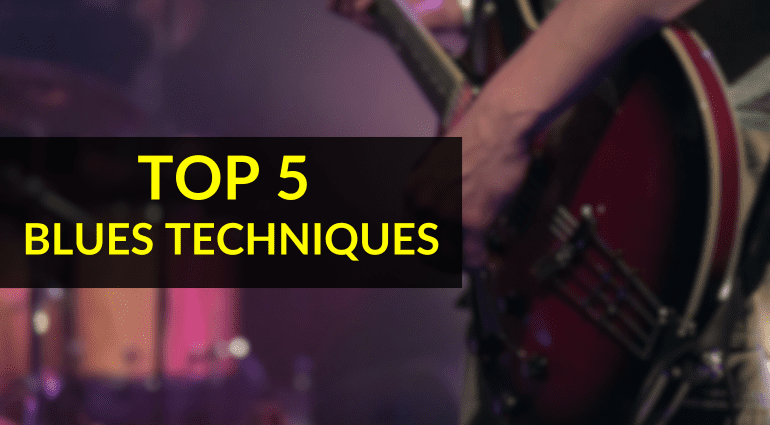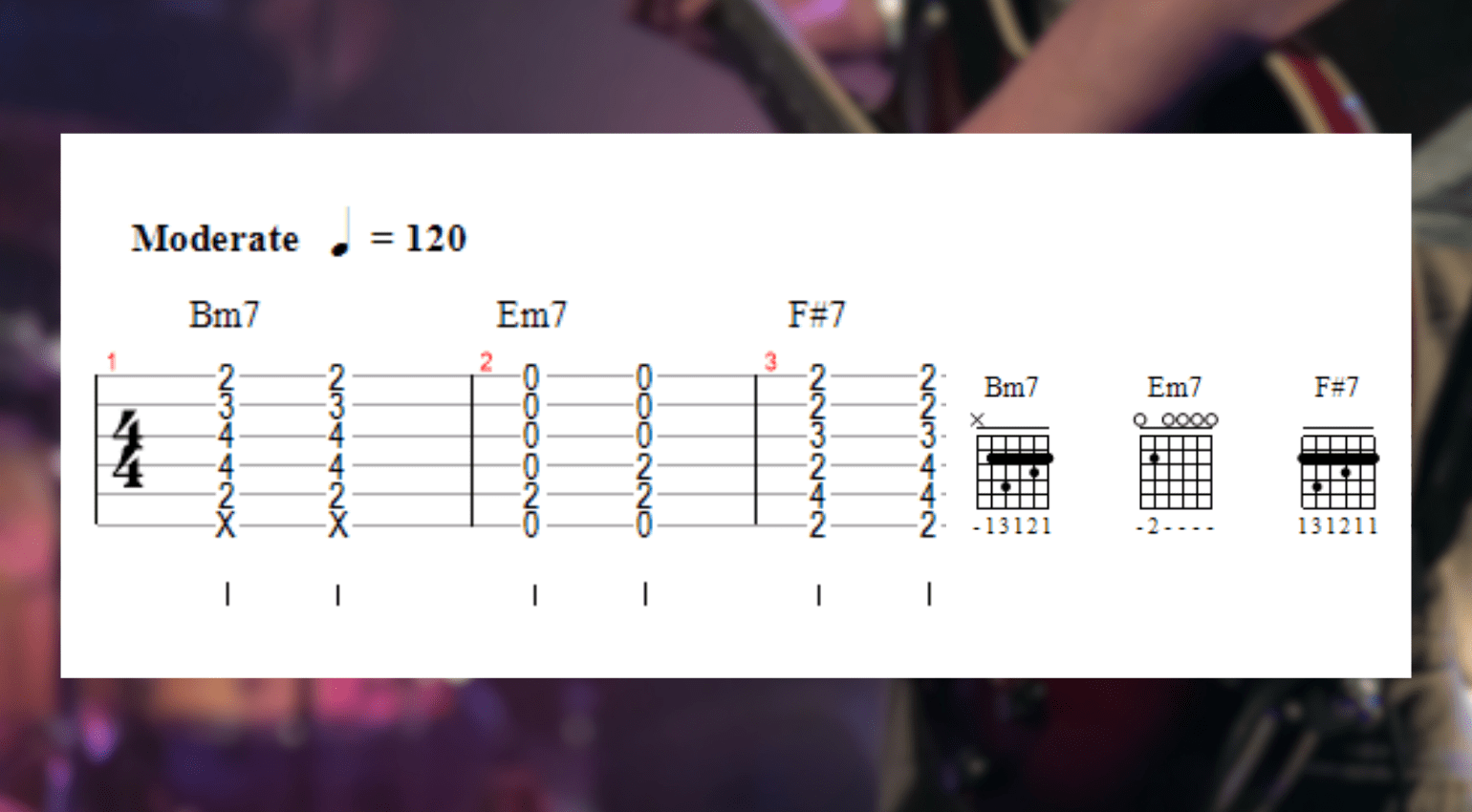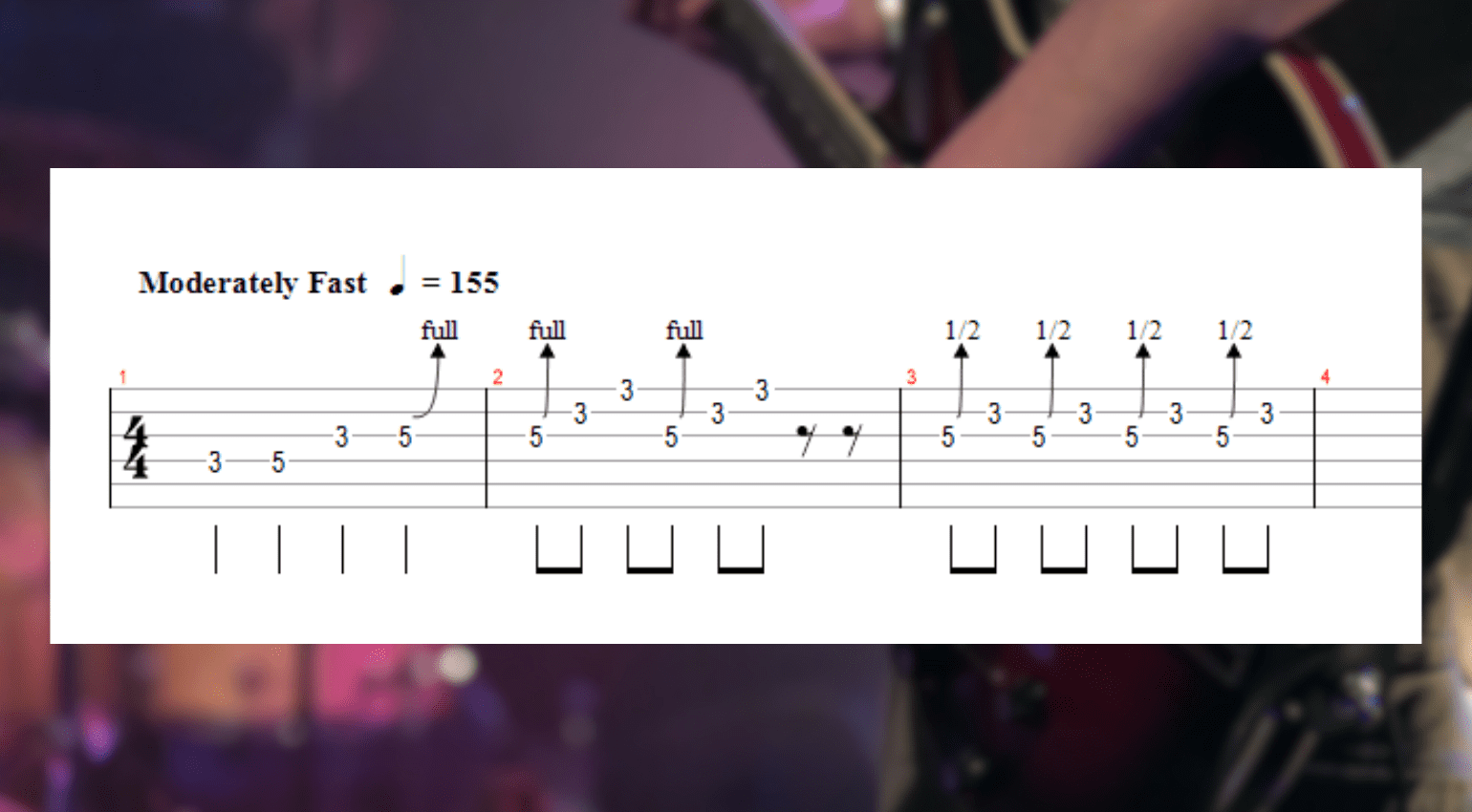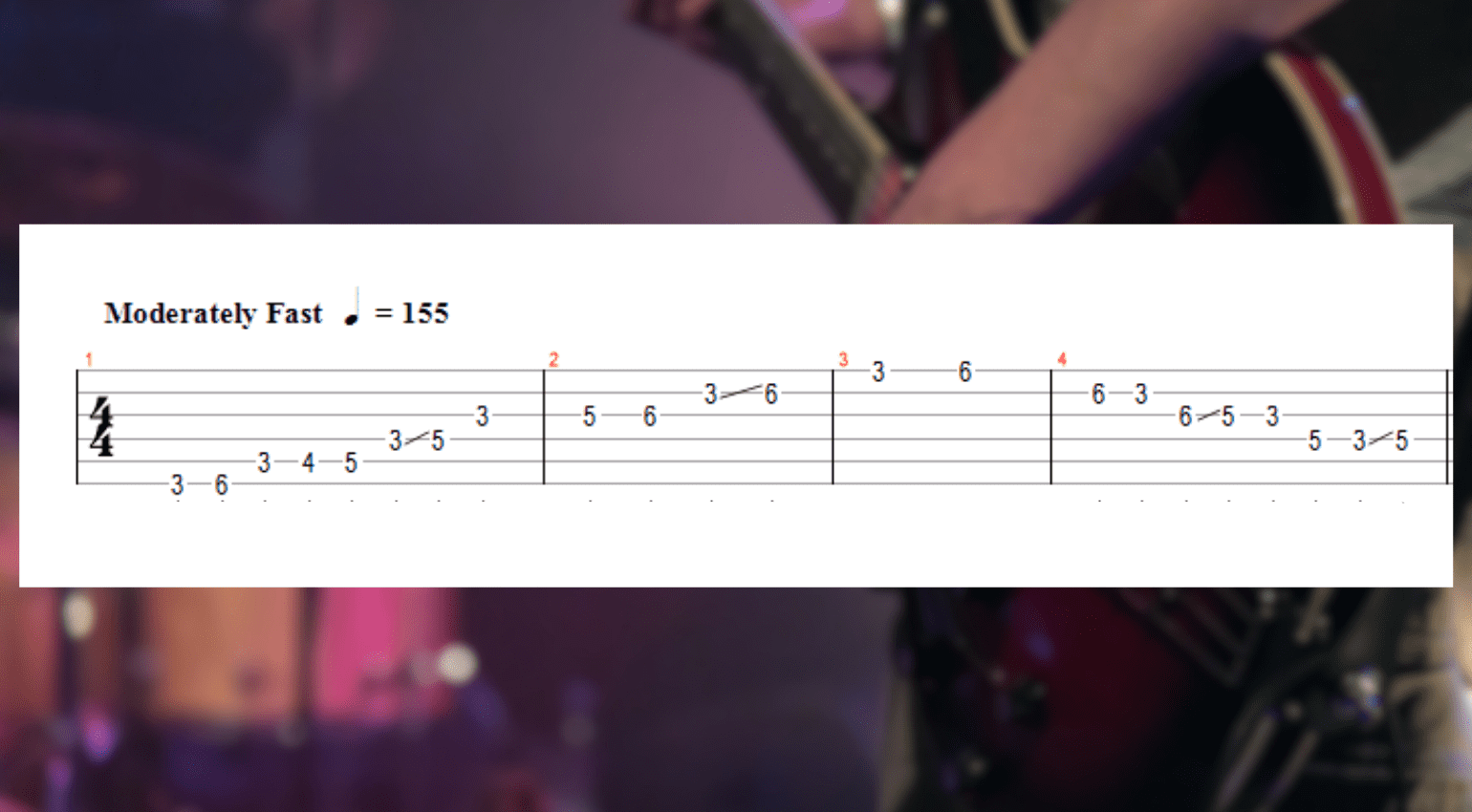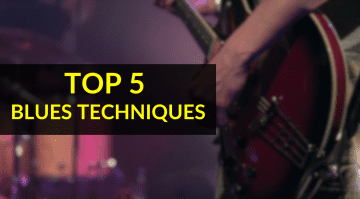Top 5 Blues Techniques: Blues Basics for Beginners
Pivotal in shaping the music we know and love, Blues should form the foundation of your playing. When it comes to blues basics for beginners, it can be hard to know where to start. Straight or swung? Bend or slide? We’ve got you covered! Stick around for our pick of the top 5 blues techniques.
Top 5 Blues Techniques: Blues Basics for Beginners
What are blues techniques? The blues is a form, and genre, of music that evolved over time. Typically, it has a downbeat and sombre tone, conveying an artist’s emotions and feelings. Various vocal techniques such as melisma and syncopation make for a great vocal melody. However, we’re going to delve into the blues basics for beginners on guitar. How can we get that classic sound? Let’s take a look.
7th Chords
Your typical blues chord progression will be what we call a I, IV, V. The first, fourth, and fifth chords of the blues scale. In order to spice things up and achieve that blues sound, we want to use 7th chords.
Let’s take The Thrill is Gone, by BB King. Here, we’ve got the I, IV, V chord progression: Bm7, Em7 and F#7. However, on this occasion, we’d play a bar of G major before the V chord.
7th chords are largely similar to regular chords, except we add the dominant 7th note of the scale to the chord. For example with our V chord of F#, we need to add an E to create a dominant 7th chord. If you’re playing an F# barre chord on the 2nd fret of the low E string, you’d simply remove your ring finger to reveal the E note that remains.
12 Bar Blues
Arguably, the most fundamental part of any blues piece is the backing chords. Now we’ve seen how to play 7th chords, let’s look at a 12 bar blues technique.
We can add this new technique to any power chord shape, making it one of our top 5 blues techniques!
In this instance, we’re going to be looking at Johnny B. Goode, by Chuck Berry. The best starting point when it comes to blues basics for beginners? Again, we need to use a I, IV, and V progression. We’re now in the key of Bb so our chords are thusly; Bb7, Eb7 and F7.
To turn this into a 12 bar blues, we must start with a Bb power chord shape. These are the notes Bb and F played together on the E and A strings across the 6th and 8th frets. Following this, we would use our little finger to play the 10th fret on the A string on the beat of 2+.
Typically, blues music is swung and in eighth notes. Therefore a bar of 12 bar blues would be 1+, 2+,3+,4+.
Bends – Top 5 Blues Techniques
Having looked at the rhythmic side of blues guitar, lead guitar fits in well with our top 5 blues techniques.
To bend a note is to modify and alter the pitch. Bends are an effective blues technique, as they provide contrast to the melody and show you off as a guitar god!
Usually, when you’re starting out, the pentatonic scale is your go-to for improvising. That’s cool! It’s all we need. Let’s say we’re in the key of G, your pentatonic scale starts from the 3rd fret on the low E string.
Check out some of these cool riffs. We’ve got some full-step, and half-step bends. We change the note by a tone for a full, and a semi-tone for a half-step bend.
Slides
The next contender from our top 5 blues techniques is slides. Let’s take a look at how we can play them.
Again, the blues or pentatonic scale is all we’ll need for this one. We can either slide upwards or outwards. This refers to the direction we slide to and from. Slides are a great blues technique as they create some dynamic contrast going between notes.
Take a look at the TAB below, again we’re in the key of G. It shows us some simple slides that we can add to our playing.
Phrasing – Top 5 Blues Techniques
Finally, we’re going to look at our phrasing. What do we mean by that?
Put simply, it’s the way we shape sequences, musical ideas and notes. It’s all well and good knowing lots of notes, slides and bends. Although, we don’t want to go overkill. Less is more!
When playing over a blues backing track, we want to conserve our licks and riffs. By leaving at least one bar between ideas will no doubt show you as a more enlightened player. Moreover, we can play over changes. When the backing goes from one chord to the next, we can move our bag of licks to a new position.
Take a look at the man himself, BB King, giving us a flavour of his phrasing.
You are currently viewing a placeholder content from YouTube. To access the actual content, click the button below. Please note that doing so will share data with third-party providers.
Conclusions
We’ve now looked at plenty of blues basics for beginners in our pick of the top 5 blues techniques. Whether you’re wanting to lay down a solid set of backing chords or rip into a meaty solo, you’ve got some devices to help you along the way. What’s your favourite blues track? How would you go about playing it?
Wider Listening:
Further Techniques:
Video:
You are currently viewing a placeholder content from YouTube. To access the actual content, click the button below. Please note that doing so will share data with third-party providers.
 4,7 / 5,0 |
4,7 / 5,0 | 